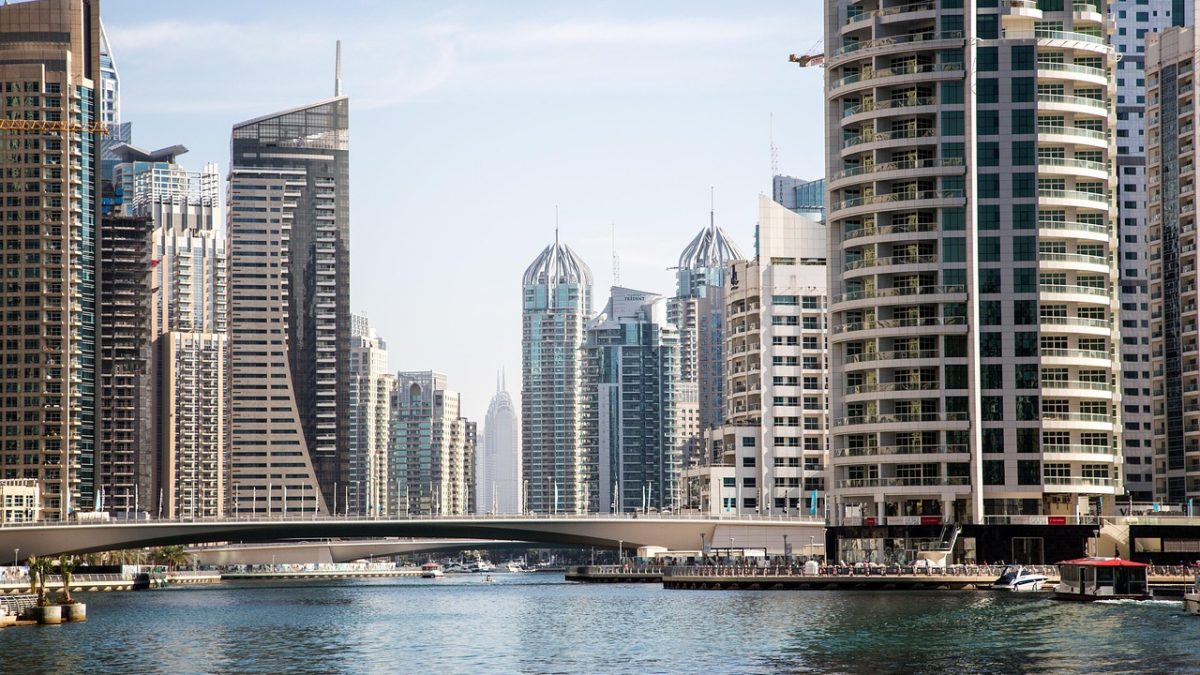Dubai isn’t just a year-round destination. Travel trends shift with the seasons, and timing your visit right can make all the difference. From cooler months packed with events to quiet summers offering better rates, here’s how visitor numbers rise and fall, and what it means for your trip.
Winter Peak: December to February
This is Dubai’s high season. The weather is warm but not hot, making it ideal for beaches, outdoor brunches and events like the Dubai Shopping Festival. Flights and luxury hotels in Dubai tend to book up early, especially in central areas. Properties like La Suite Dubai Hotel and Apartments often see higher occupancy and advance bookings during this time.
Shoulder Season: March to May
Spring brings slightly rising temperatures, but it’s still manageable for travellers who prefer fewer crowds. Hotel deals are easier to find, and you’ll still enjoy access to rooftop pools, desert trips and city attractions without long queues.

Summer Slowdown: June to August
Temperatures can cross 45°C, making this Dubai’s low season. It’s the quietest time for tourism, but it’s also when the best offers appear. Indoor attractions like the Dubai Mall and museums stay busy, and many luxury hotels offer great value to fill rooms.
Autumn Return: September to November
By late September, the heat eases. Tourists start coming back, especially for major events like GITEX and the Dubai Fitness Challenge. It’s a good window for business and leisure travel before winter crowds arrive.

